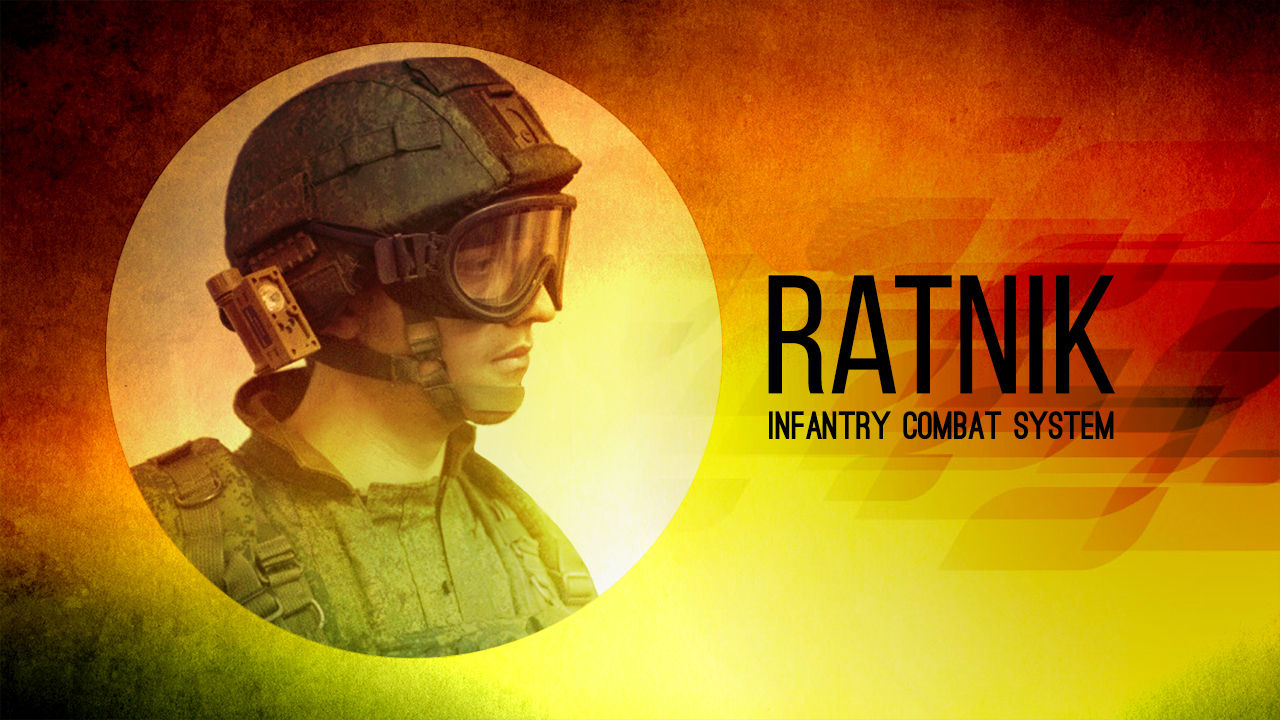
The military intelligence of Russian Ground Forces will receive the specialized version of the Ratnik equipment for its officers, the Russian Defense Ministry announced on November 5 on the occasion of the Intelligence Officer Day in Russia.
“Active work continues in the Ground Forces to equip intelligence units with the newest technical means of intelligence, special small arms, equipment of the new generation,” Defense Ministry’s press service told journalists.
The equipment includes Orlan and Eleron drones, radiolocation stations and a number of intelligence systems – Fara-VR, Sobolyatnik-O and Strelets – and some “Ratnik military equipment specially adapted for intelligence units”.
The Ratnik is a system of advanced protective and communication equipment, weapons and ammunition (about 40 protective and life support elements) developed for Russian troops.
You can find more about the Ratnik infantry combat system below (originally appeared at SouthFront in January 2016):
One of the Russian military’s major successes of 2015 was the delivery of 80 thousand Ratnik sets to active military units. Russian Ministry of Defense will continue to buy Ratnik sets at a rate of 50 thousand a year for several more years, until all of its soldiers tasked with ground combat role will be equipped with it.
The Ratnik, which entered testing in 2012, is not simply an individual equipment suite consisting of tactical clothing, advanced helmet and body armor, and ergonomic load-bearing equipment comparable or superior to best contemporary foreign equivalents. It also includes a comprehensive electronics suite consisting of individual communications devices, night vision devices including thermal imagers, tactical tablets for command personnel which allow them to monitor the tactical situation in real time, collimating holographic weapons sights, GPS and GLONASS-compatible navigation systems, video cameras allowing weapons to be accurately fired without the shooter exposing himself, laser designators for target acquisition and guidance of artillery and aerial precision munitions, and other devices. All of these components utilize technologies developed in Russia and are manufactured in Russian factories, which makes the system sanctions-proof.
The only new weapon developed specifically for Ratnik is the 5.45mm AK-12 assault rifle which was chosen following an evaluation against the AEK-545 rifle. The AK-12 retains all the features that have earned the earlier AK rifles their enviable reputation while improving the weapon’s ergonomics and accuracy. Other infantry weapons, including the SVD sniper rifle and the Pecheneg machine-gun, were modified to allow the mounting of Ratnik gunsights and indicators. A Ratnik-equipped infantry squad is estimated to be at least twice as combat-effective as a regular squad, thanks to the superior command and control, situational awareness, and target acquisition and engagement abilities which allow Ratnik-equipped soldiers to operate effectively day and night, in all weather conditions, climates, and terrain types. And this is not the end of its development. The Ratnik will in due course include a family of battlefield robots as well as exoskeleton systems that will permit individual soldiers to carry heavy loads for extended periods of time, a feature of particular usefulness to infantry heavy weapon crews.
While individual soldier systems are not as glamorous as fifth-generation fighters or advanced main battle tanks, they are on the same level of importance in modern warfare. Recent conflicts, including Donbass, Lebanon, Yemen, Afghanistan, Iraq, and Syria, have shown that the individual infantry soldier is once again the yardstick by which military effectiveness is measured. Airpower on its own, even with precision munitions, cannot defeat a determined adversary. Main battle tanks have grown so expensive and scarce that they cannot be risked the way their World War II and even Cold War predecessors could be. The proliferation of modern anti-tank weapons means that the days in which tanks could freely roam the battlefield are over. Images of burning Israeli, Saudi, and Ukrainian tanks, destroyed in recent conflicts by determined infantry opponents, testify to that. The progressing urbanization of the world also means that more and more conflicts will be fought in built-up terrain which which armored vehicles can operate only as direct fire support weapons.
The Ratnik program will allow Russian soldiers to go into battle, if the need arises, equipped as well or better than most of their probable adversaries. The fact that such a system is becoming operational with the Russian military indicates that the lessons of Afghanistan and Chechnya were well learned.






The vest was rated to stop 10 rounds of 7.62*54mm from an SVD. Does anyone know what type of ammo is used for that test, and how damaged internal components are replaced after taking shots?
You can find some info not sure if its as scientific as you would like ? 6B45 and 6b43 vest. There are even you tube videos of test. They do not show the rounds used 7n1 or 7n14 would be my guess it does show weapons used SVD and even 5.45.AK, Helmet test as well. But again nothing that would show if ammo was AP cant see tips? The plates are clearly stout as they show in detail impact of multiple 7.62×54 hits and they hold well.
Thanks. The vest’s designation was a helpful place to start. It led me to an article that stated they used 7n13 hardened steel rounds (considered roughly equal to M2 AP steel core used for US NIJ Class IV), which is the specification ammo for Russian Class 6 Armour.
Some eBay sellers claim to be selling 6B45 with plates rated 6A, which is resistant to tungsten 7-BZ-3, but I am a little dubious about that. 10x 7n13s is pretty impressive, better than ESAPI is rated.
i admired great art of technology like Russian technology weaponry like nothing in the world